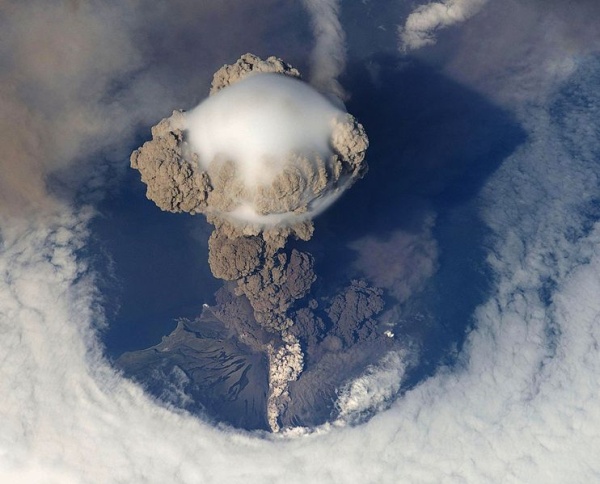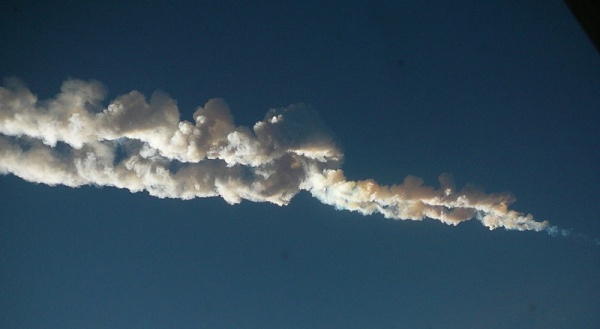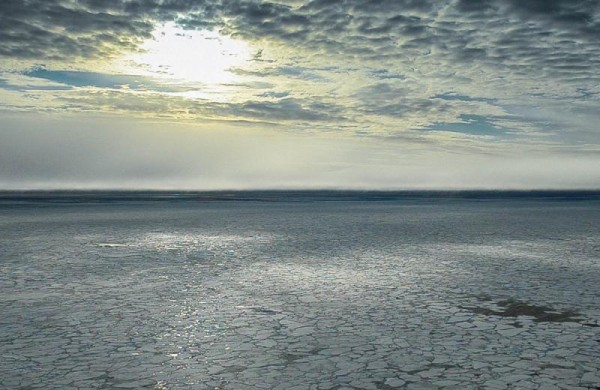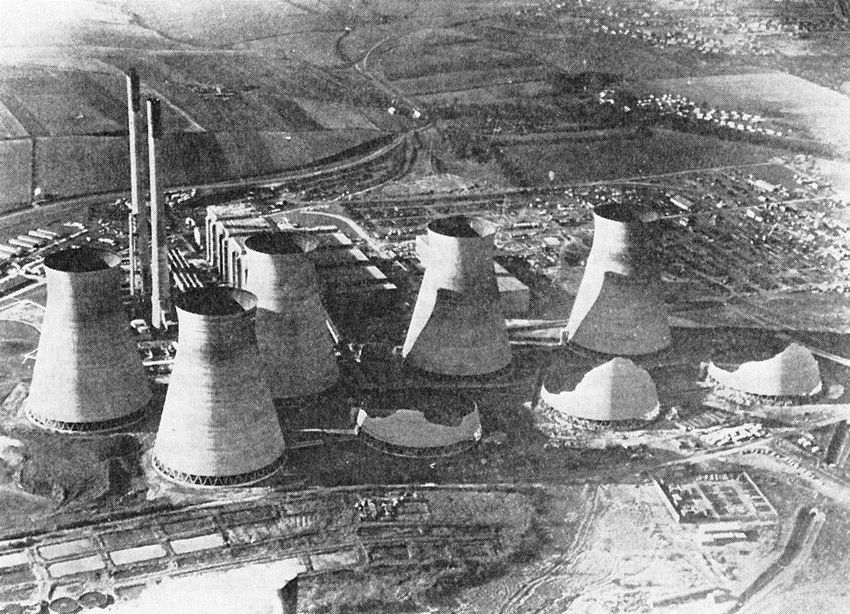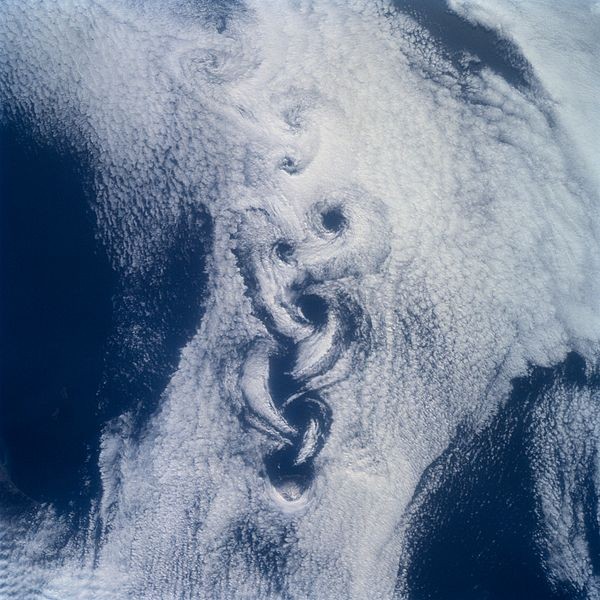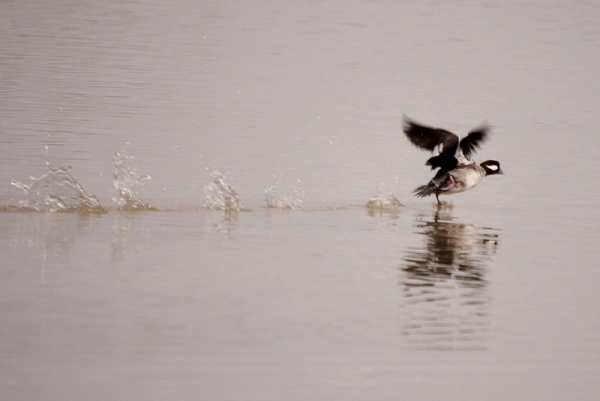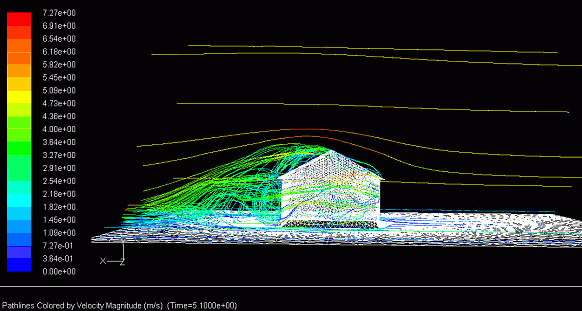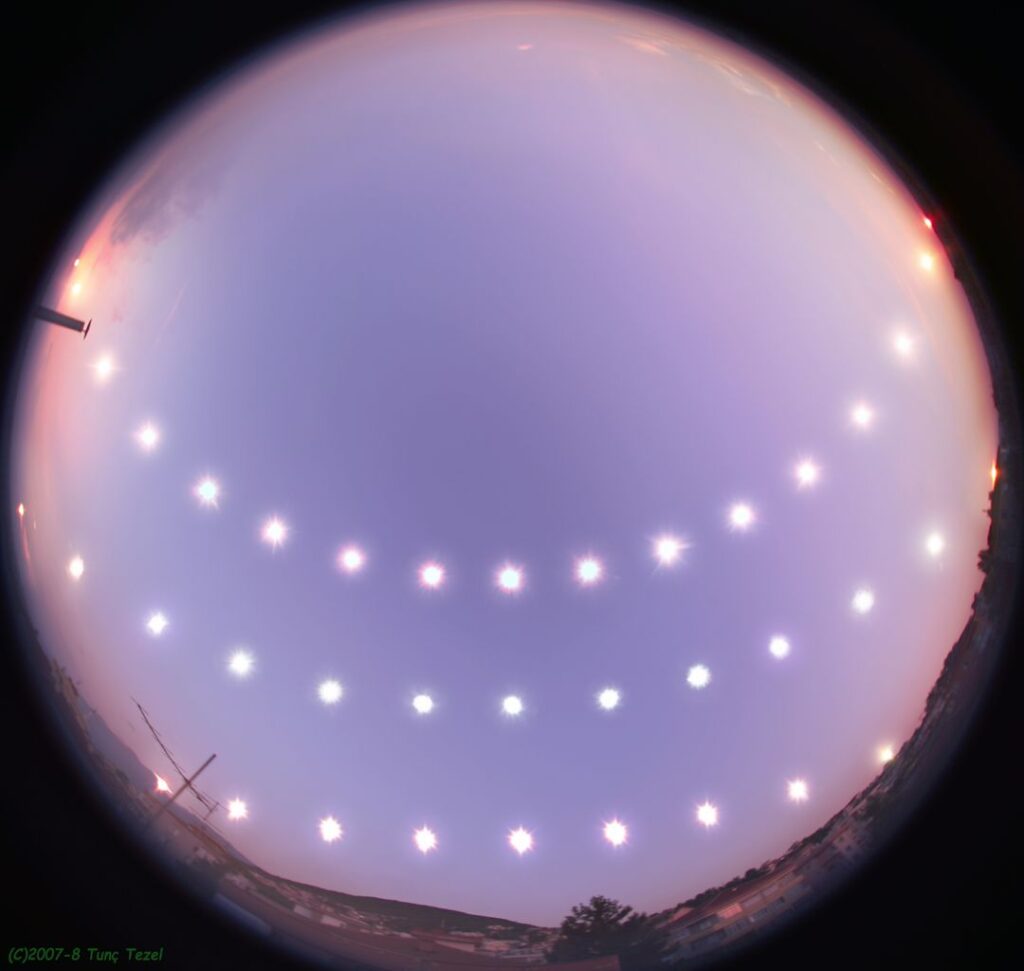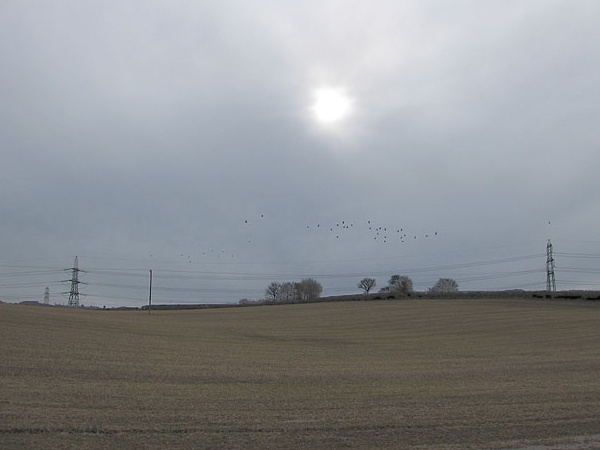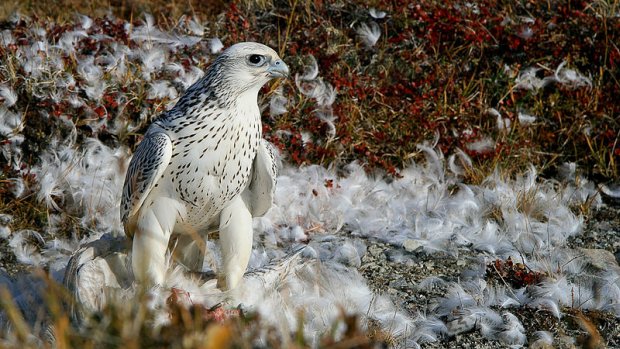
A new study on the future of climate change in arctic Alaska spells bad news for gyrfalcons in the U.S.
By 2050 the mean annual temperature in northernmost Alaska is expected to rise 3.10C (5.560F). This will usher in a host of changes to ice, coastlines, tundra, plants and animals. What will happen to the area’s breeding birds?
Scientists from the Wildlife Conservation Society, assisted by experts on each species, assessed the future of 54 of arctic Alaska’s breeding birds. The goal was to prepare wildlife and land managers for climate change and ultimately develop plans to mitigate the effects if possible.
The study found that two species, gyrfalcons and common eiders, are highly vulnerable to the anticipated warming and likely to experience dangerous declines. Seven others are moderately vulnerable: brant, Steller’s eider, pomerine jaeger, yellow-billed loon, buff-breasted sandpiper, red phalarope and ruddy turnstone.
Gyrfalcons are specialists and climate change is going to be rough on their niche.
- They nest on coastal cliffs in microclimates that are a rare commodity in northern Alaska. South-facing cliffs may become too hot, limiting the number of suitable nest sites.
- At the start of breeding gyrfalcons eat ptarmigan almost exclusively. When ptarmigan populations are low gyrfalcons won’t breed at all. When climate change affects ptarmigans it will hurt gyrfalcons.
- The gyrfalcon’s hunting style relies on open tundra but as the arctic warms shrubs will grow in formerly open land.
- Spring storms are expected to increase. Unfortunately this will cause nest failure for gyrfalcons who require dry weather to hatch their eggs.
With all these cards stacked against them gyrfalcon numbers are expected to drop considerably from today’s 250 breeding pairs.
But the report has a silver lining. There will be more seed eaters: savannah sparrows, Lapland longspurs, white-crowned sparrows, American tree-sparrows and common redpolls.
Much as I like redpolls, I don’t want to trade them for gyrfalcons.
Read more about the report, Assessing Climate Change Vulnerability of Breeding Birds in Arctic Alaska, in this article in Science Daily or download it from this page on the WCS website (see the righthand column).
(photo from Wikimedia Commons. Click on the caption to see the original.)
p.s. The report was careful to point out that the study only applies to arctic Alaska, not to all breeding ranges. The photo above was taken in western Greenland.
